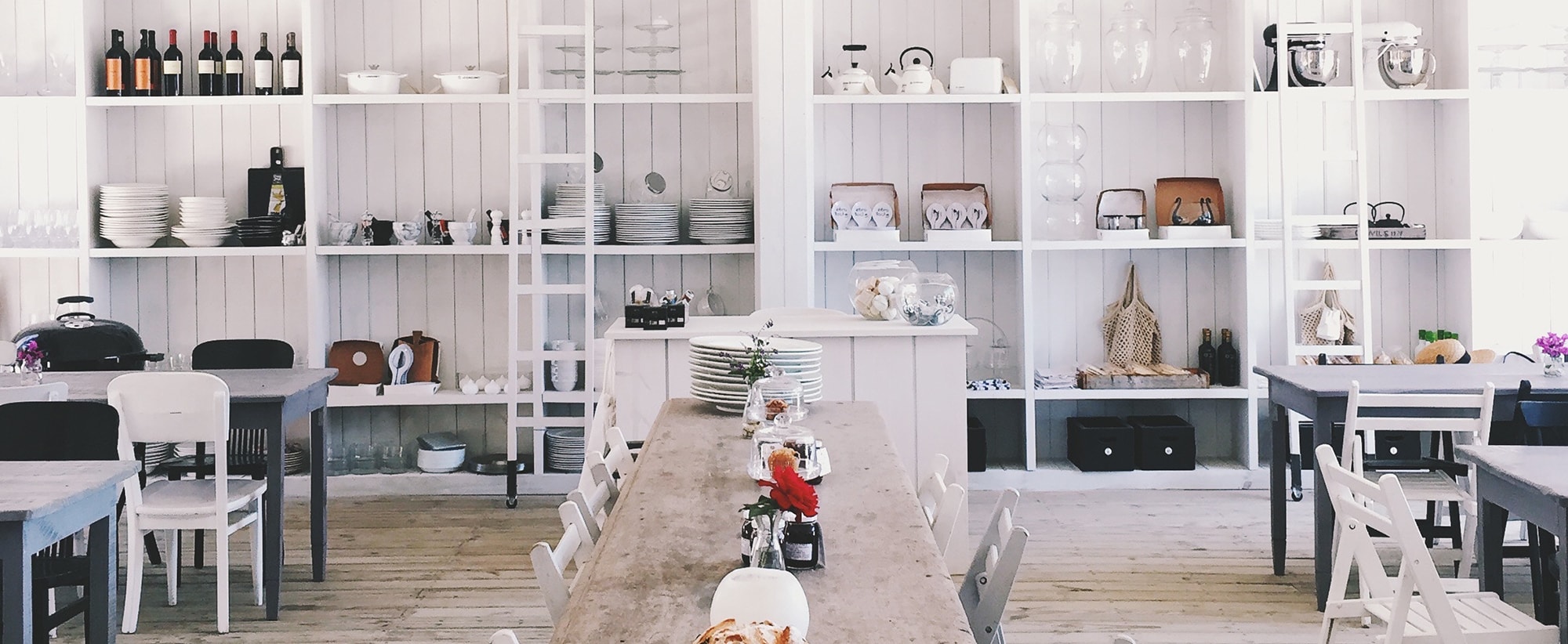
Food blogging recipe for success
9 min read
If you run a cafe, bakery or other food-based business, you're probably passionate about food. Tapping into this passion by setting up a food blog can be a fantastic promotional tool that will help build your brand and nurture relationships with loyal customers.
Maintaining a business blog takes a lot of time and effort (or money, if you hire someone to do it for you), but if you're the sort of person who loves talking about your ideas and passions, it can be rewarding and even fulfilling.
If you have the knack and your blog becomes popular, it can even go beyond a promotional tool and become a profitable sideline – as long as you keep these steps in mind.
1. Be authentic
Just like your social media activity, your blogs represent your business – so make sure you're showing yourself in your best light and don't sound too corporate.
Enthusiasm is infectious, and if you can communicate your passion through your blog posts, they'll make compelling reading. Taking the time to reply to readers' comments and taking their suggestions on board will help to nurture the two-way relationship.
2. Know who you're writing for
You should write about your interests, but your blogs should also be interesting to your audience. You can talk about your latest promotion or new products in stock, but your blog shouldn't just be about yourself.
Don't be afraid to go small and focus on a niche, if that's your target market. Whether it's baking, cocktails or Indian recipes, it's easier to become a big fish in a small pond than trying to compete with all the food blogs in the world.
3. Keep things professional
Your blog might be chatty and bubbly, but it needs to look professional or you'll be letting your business down. Whether your blog is part of your website or a separate entity, you need your own domain name to be taken seriously.
You should also spend time customising your template and layout so that it looks tidy and connects with your branding, without any distracting clutter. As for the blog posts themselves, getting someone to proofread and spellcheck your blogs helps a lot, and you should always cite and link to sources if you're posting any content that's not your own work.
4. Write snappy headlines
Most people who come across your posts for the first time will decide whether or not to read further based on the headline. It doesn't need to be complicated – a short, simple description works best – but the more irresistible you can make it sound, the better.
Check out what other blogs are doing to get some inspiration. Numbered lists work well, as does tying your recipes to current events and seasons – whether it's Christmas, Halloween or wedding season, people will already be looking for ideas and more likely to check yours out.
5. Always include images
This one's non-negotiable: blog posts with images perform much better than those without. Think about the links you follow on social media – aren't the ones with images alongside so much more eye-catching?
It's important to only use images you have the right to. There are plenty of copyright-free stock photos you can find online, but it's so much better to take your own photos. You don't need to be a professional photographer when you've got a smartphone and an image editing app. If you're interested in recording videos to accompany your recipes, your posts will perform even better.
6. Stick with it
It's very unlikely that your blog will be a success overnight. It can take a long time to gain traction in a competitive field, but staying regular is the key.
Many bloggers start out with an abundance of ideas and enthusiasm that gradually fizzles out. Instead of posting all your great ideas in the first week, spread out your posts to once a week (or more if you can keep up the pace), and make each one just as good as the last. If you don't really have anything to say, skipping a post is better than posting something boring that could turn people away.
7. Don't keep it yourself
People aren't going to find your brilliant blog posts without some help. Don't be shy about sharing them on social media – this can be a great way to get people following your business online and to spread the word to their own circle. Facebook is Australia's biggest social media site by far, but you can also share your delicious photos on Instagram and your videos on YouTube.
Make it easy for blog readers to share your posts on their own social accounts by including social share buttons, and give them the option to subscribe to your feed so they never miss a post.
8. Choose a reliable web host
What goes on behind-the-scenes can also affect your site's success. If your pages are slow to load, you could be penalized by Google which means you won't show up in search results. If you're new to website design, you should choose a platform that's easy to use and guides you through step-by-step, with technical support on standby if you ever need it.
If you're setting up a new website or blog for your cafe, restaurant or other business, Limecube keeps things simple. Get started with Limecube now.
Posted on: 20 March, 2018
Category:
Helpful Tips
Is Your Business AI Ready? Simple Steps You Can Take Today
Posted on: 25 June, 2025
The AI Revolution: Is It Really Right for Your Small Business?
Artificial intelligence has become th.....
Read more
90% of Australian SMEs Struggle to Build Effective Websites
Posted on: 21 November, 2025
New study reveals fundamentals—not AI features—remain the biggest barrier for small businesses
Limec.....
Read more
SUBSCRIBE TO OUR NEWSLETTER
Subscribe to receive updates on new features, themes, tips and tricks to make your website better.
We promise not to spam you! :)
View our privacy policy here.


